|
|
Drumul Taberei (Drumul Taberelor), Romania, Europe |
|
|
|
|
|
|
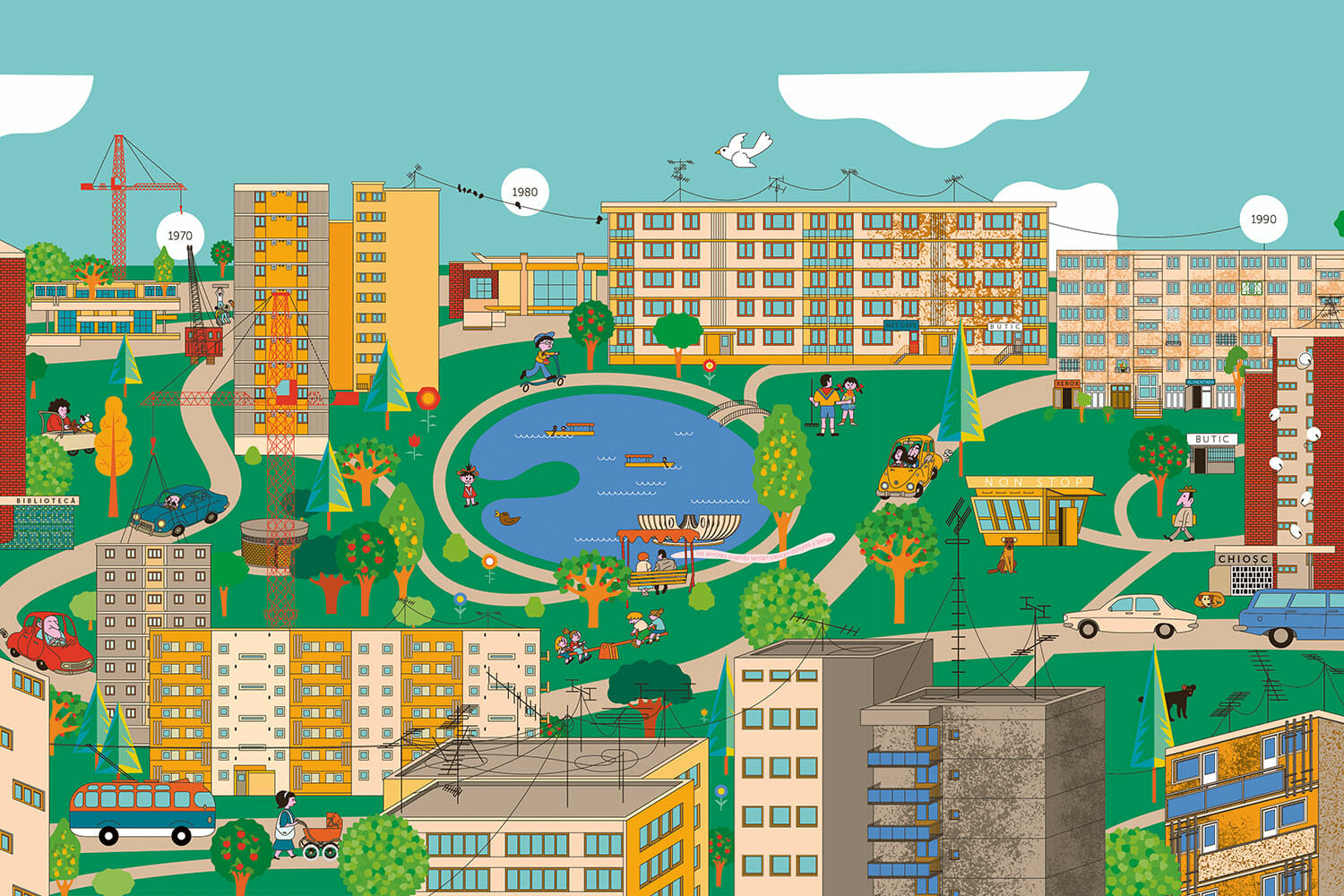
source: Image by Sorina
Vasilescu, published in:
https://www.dor.ro/drumul
-taberei/
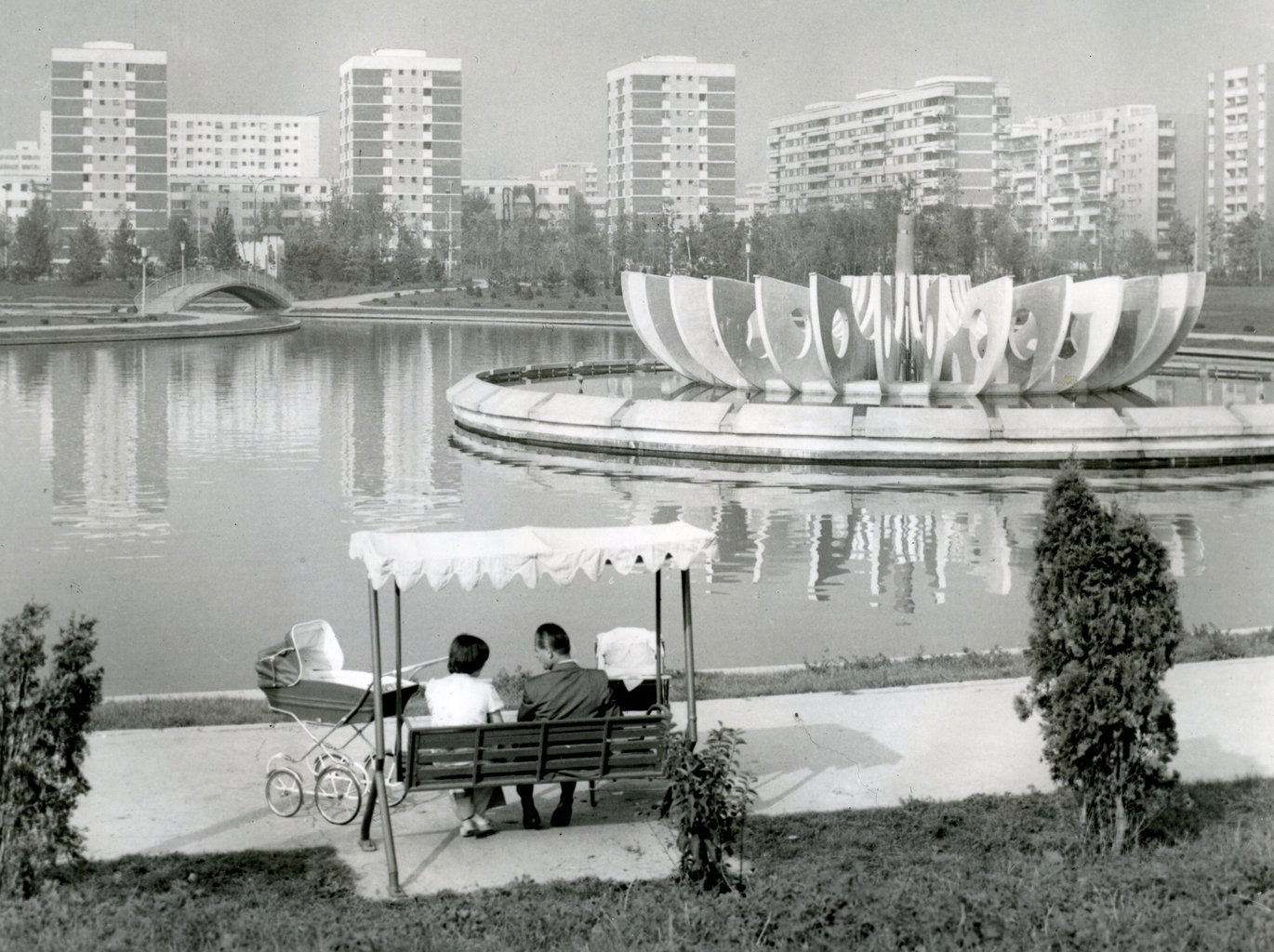
Moghioros Park in the
1960s
source: Uniunea Arhitectilor din
Romania - UAR. Published
in:
https://theblacksea.eu/st
ories/drumul-taberei-utop
ia-interrupted/
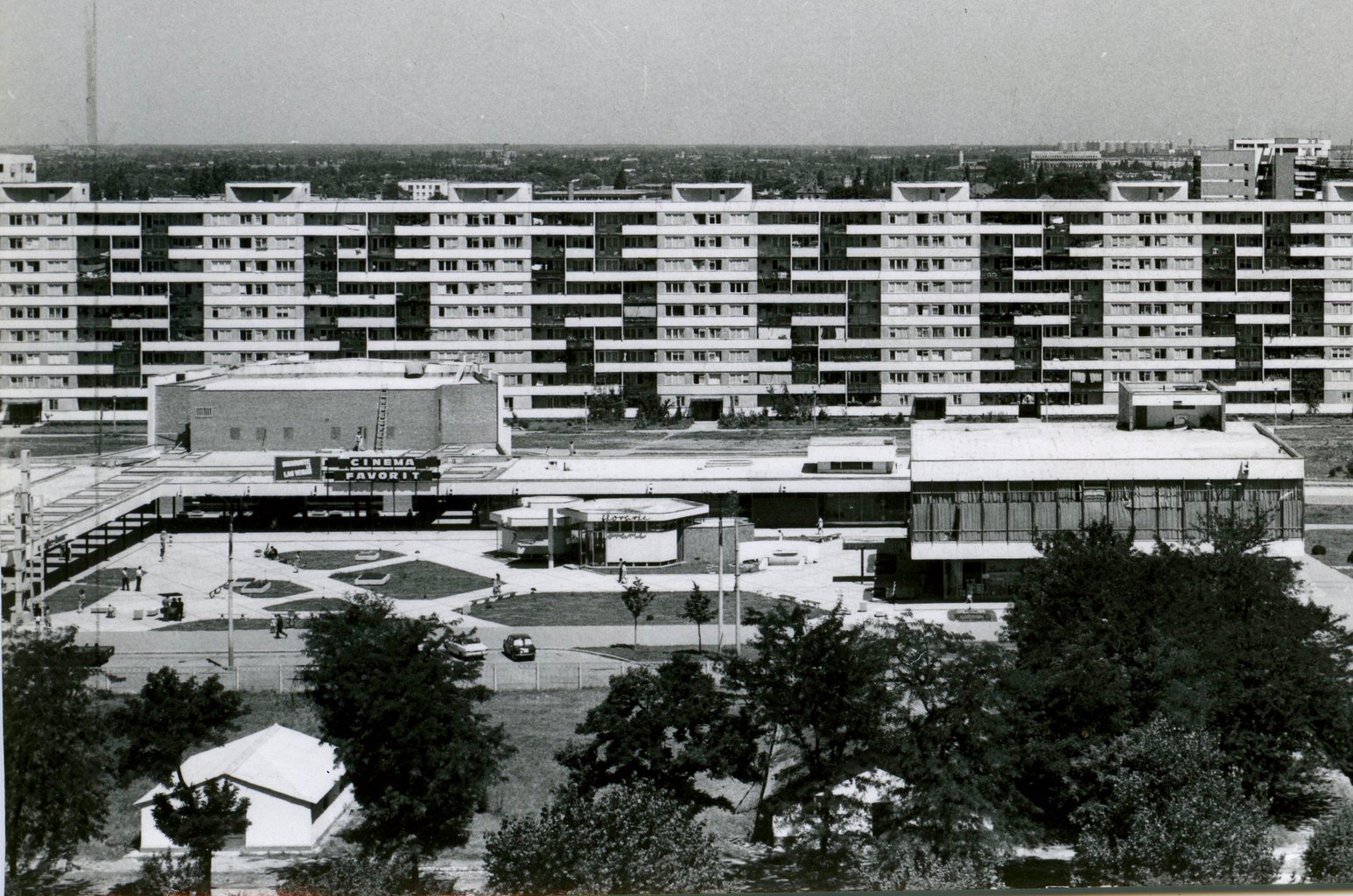
The complex Favorit: the
shopping and cultural
centre with cinema.
source: Uniunea Arhitectilor din
Romania - UAR. Published
in:
https://theblacksea.eu/st
ories/drumul-taberei-utop
ia-interrupted/
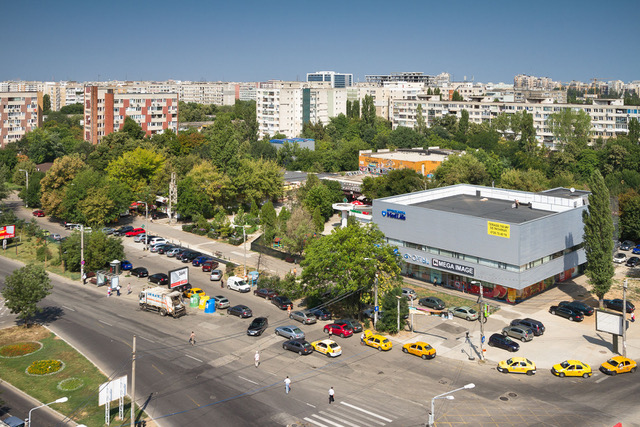
Presentday situation of
Favorit; the cinema has
been demolished in 2019.
source: https://en.wikipedia.org/
wiki/File:Favorit_-_Drumu
l_Taberei.jpg
|
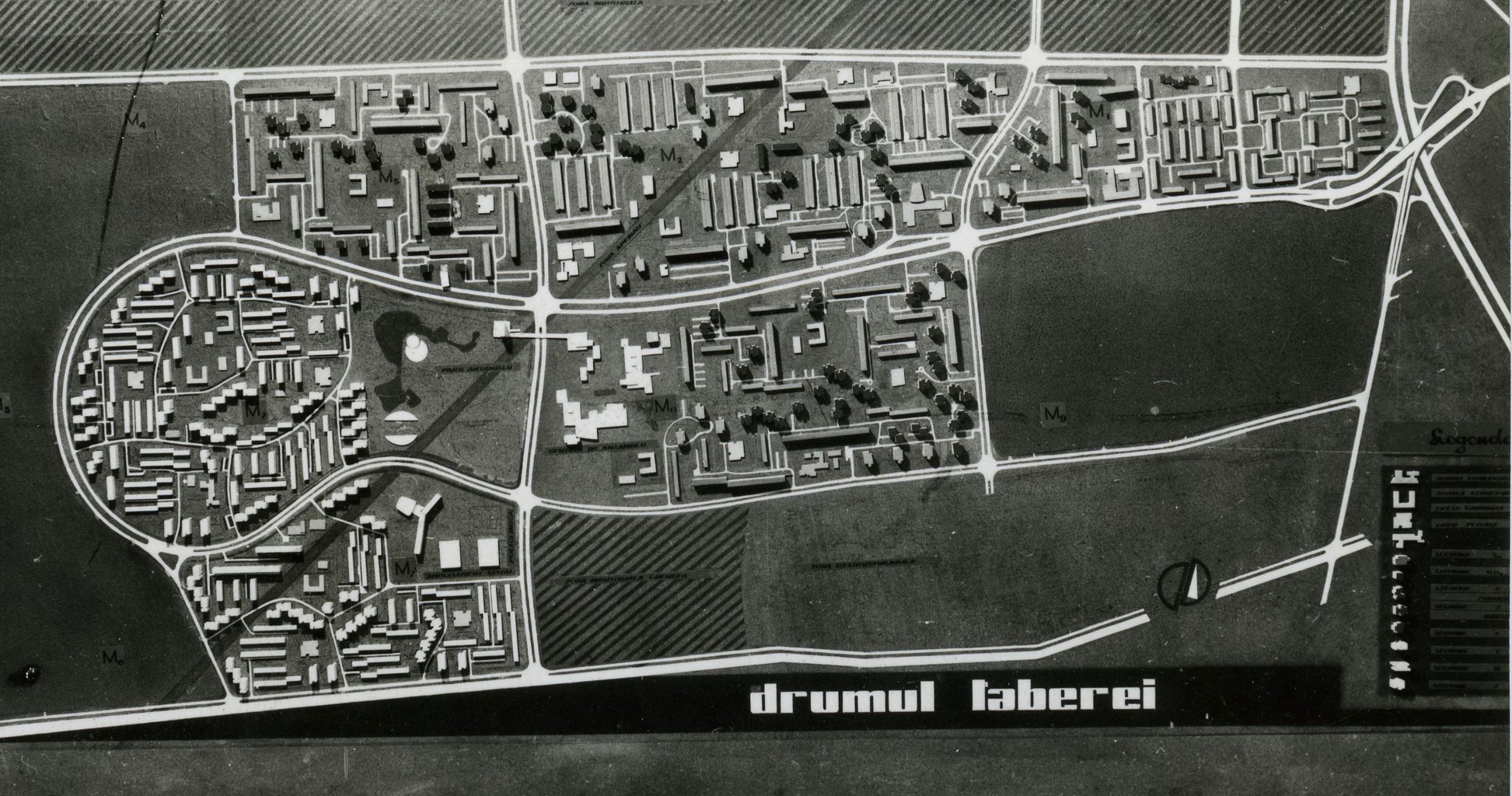
"At the end of the 1950s a group of young architects in Bucharest were given the liberty by ruler Gheorghe Gheorghiu-Dej to develop an unprecedented experiment for Romania - a micro-city on the outskirts of Bucharest.
Over fields and land used by the army, this would be a self-contained urban complex built from zero.
The low-rise blocks were Modernist designs of concrete floating in a sea of greenery, combining the mod cons of the city with the air and freedom of the countryside. Schools, factories, libraries, a cinema and shopping would all be within walking distance.
Intellectually, it intended to lift the body, mind and spirit, inspired by the functional visionary Le Corbusier, but on a scale unprecedented in the west. This was a French utopia inscribed on a blank slate in Romania.
In the 1960s and 1970s, the first residents believed this neighbourhood married the ideals of an egalitarian society with elegant surroundings, and it became a showpiece for successful social engineering, as well as a sanctuary for refugees fleeing military juntas in Chile and Greece.
Although the blocks housed a mix of working and middle classes, many residents felt this was a place for professionals and progressives - a zone out of time and place from both Romania’s feudal past and its totalitarian present.
Then politics intervened.
By the 1970s, the dictator Nicolae Ceausescu took over the duties of urban planning in the capital, and dumped taller and bigger blocks throughout the city, crushing the free space and leaving the streets overcrowded. In the next decade, Romania’s economy stalled and the markets were empty of food and the media empty of news.
Following the violent 1989 Revolution, the streets were invaded by kiosks, rats, stray dogs, prostitutes and bars. One of Drumul Taberei’s libraries became a fake Italian restaurant, and its cinema, Favorit, a squat for the drunk and homeless.
But today a movement by civil society and private enterprise aims to revive the community spirit."
source: https://theblacksea.eu/stories/drumul-taberei-utopia-interrupted/ |
|
2008 - 2024 disclaimer
|

